
the john paul jones birthplace museum
BY APPROXIMATELY 8.30 PM ON 23rd September 1779, some 1,200 spectators had gathered atop the 150-foot cliffs of Flamborough Head on the Yorkshire coastline of eastern England. They watched, transfixed, as two warships fought a death match on a moonlit millpond sea. The wooden warriors were lashed side to side by downed rigging and grappling hooks. In the darkness, an orange, fiery glow, punctuated by bursts of gunfire, surrounded the combatants of the American Revolution.
The mortally wounded American ship was a middle-aged East Indiaman that her commander, John Paul Jones, had named Bonhomme Richard in honour of Benjamin Franklin’s Poor Richard’s Almanack. She carried 40 guns, most of them incapacitated by this point. High aloft in her rigging, marines sniped at the enemy officers and lobbed grenades. Aboard the HMS Serapis, a 44-gun British man-of-war commanded by Commodore Richard Pearson, seamen desperately tried to disentangle their ship from the sinking American vessel. Bloody sand and dead, wounded, and badly burned sailors and marines covered the decks of both ships. The two vessels burned furiously. According to Jones’report, “the Scene was dreadful beyond the reach of Language.”
Jones personally manned a 9-pounder cannon and tried to blow the Serapis’mainmast in two. Just then, a junior officer who believed himself the ranking survivor onboard the Bon-homme Richard signalled surrender by shouting, “Quarters! Quarters!” An enraged Jones chased the officer down and threw a pistol at the man, knocking him out cold. Commodore Pearson asked for confirmation of the surrender. Jones famously answered, “I have not yet begun to fight!” Stirring words, but they are most likely apocryphal. According to one contemporary account, he more probably said something such as, “I may sink, but I’ll be damned if I [surrender].”
NEVERTHELESS, THE POINT WAS MADE, and the battle continued. At 9.30, the Alliance, a ship of Jones’squadron that had remained strangely apart from the conflict, appeared on the scene. The sometimes abrasive Jones and the Alliance’s captain had earlier quarreled and even spoken of dueling, but Jones still expected a ship under his authority to obey orders. With Alliance’s arrival, Jones believed the battle over and the victory his, but the Alliance’s captain, “to my utter astonishment…discharged a broadside full into the stern of the [Bonhomme Richard]. We called to him for God’s Sake to forbear firing into the B.H.R.; yet he passed along the off Side of the Ship and continued firing. There was no possibility of his mistaking the Enemie’s Ship for the B.H.R., there being the most essential difference in their appearance and Construction; besides, it Was then full moon Light, and the Sides of the B.H.R. Were all black, while the Sides of the prizes Were yellow ….his Vol-lies Killed several of my best men, and mortally wounded a good officer on the forecastle. My Situation Was really deplorable. The B.H.R. received various Shot under Water from the Alliance; the Leack gained on the pump, and the fire increased much on board both Ships.”
Then at 10.15, a sailor stationed in the Bonhomme Richard’s rigging lobbed a grenade at the Serapis’s gun deck. The resulting explosions devastated the British man-of-war, and Pearson surrendered at 10.30, finally ending the bloody duel. The glory-seeking Jones couldn’t have been more pleased—and it was a grand victory for the young American Navy.
MUSEUM NOTES
John Paul Jones Cottap, on the grounds of the Arbifgland Estate, near Kirlcbean, Dumfriesshire, Scotland
Telephone: 01387 880613
Web: www.jpj.demon.co.uk.
Admission: £2 for adults, £1 for concessions (seniors, students, etc.). The Museum Trust welcomes and appreciates any additional donations.
Hours: April-September I 0am-5pm, Tuesday-Sunday; and July-August I 0am-5pm. dally.
[caption id="SmallMuseums_img1" align="aligncenter" width="512"]
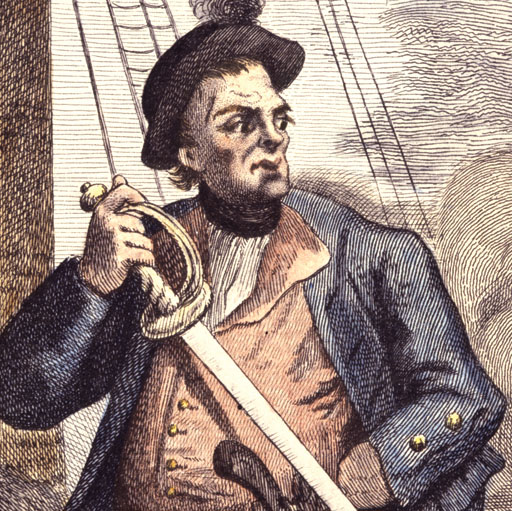
[caption id="SmallMuseums_img2" align="aligncenter" width="401"]
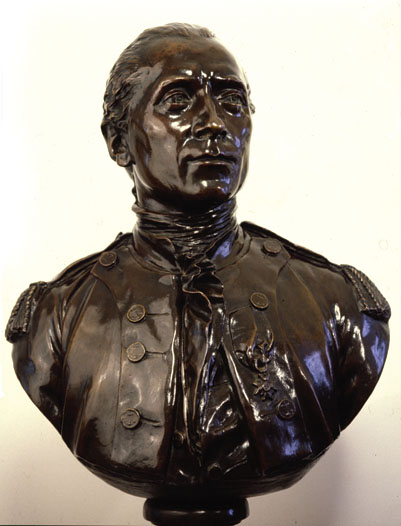
[caption id="SmallMuseums_img3" align="aligncenter" width="511"]
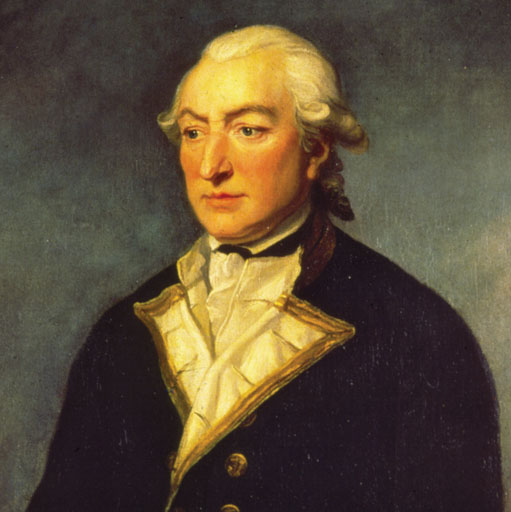
[caption id="SmallMuseums_img4" align="aligncenter" width="1024"]
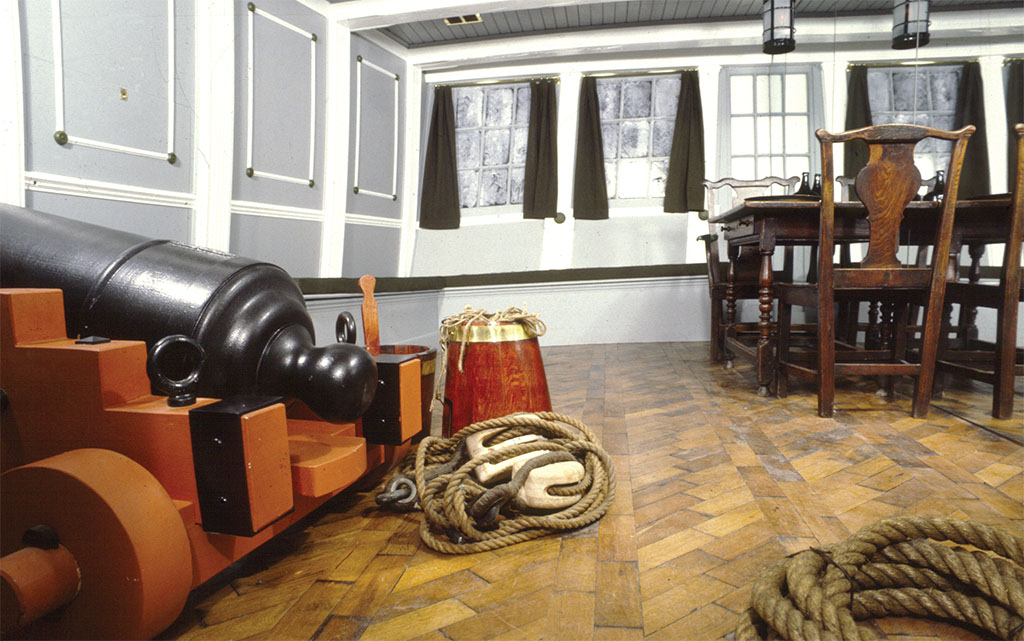
ALL IMAGES COURTEST THE DUMFRIES & CAMERA OBSCURA
[caption id="SmallMuseums_img5" align="aligncenter" width="740"]
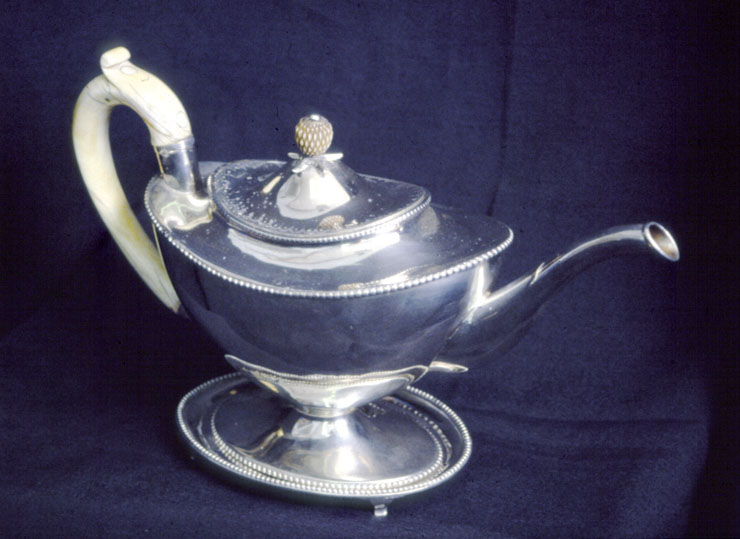
[caption id="SmallMuseums_img6" align="aligncenter" width="765"]
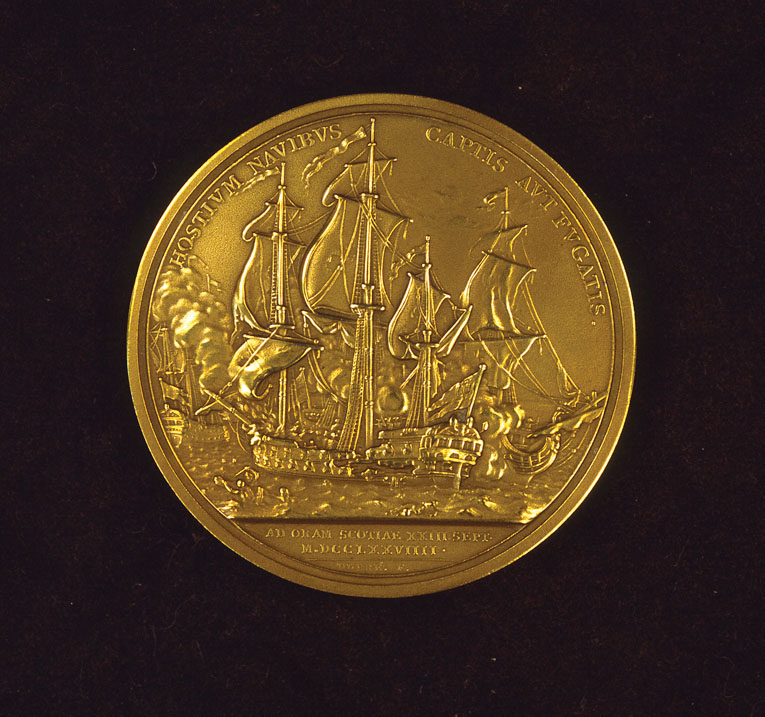
[caption id="SmallMuseums_img7" align="aligncenter" width="511"]
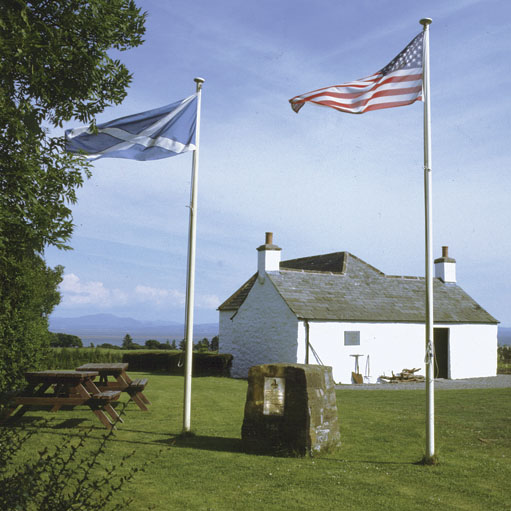
Ever since he had been a young lad, John Paul had dreamt of a life of honour and adventure at sea. He was born on 6th July 1747 in a small cottage on the estate of Arbigland in south-west Scotland, where his father worked as the head gardener. As a boy, Paul watched the great sailing ships head far out to sea and daydreamed of joining the Royal Navy. Years later he confided to Benjamin Franklin, “I had made the art of war at sea in some degree my study, and had been fond of the navy, from boyish days up.” Others before him had overcome humble beginnings to win social advancement with a naval career, but the Pauls didn’t have the right connections for young John to win a naval commission. So, at age 13 he signed on for a seven-year seaman’s apprenticeship aboard a merchantman called the Friendship.
The young sailor quickly learned his craft, and by age 21 he was given command of his own vessel. At five-foot-five, the dark-haired Paul was slight and wiry, always neat, with a hawkish nose, high cheekbones, and a deft chin. Abigail Adams once described him as “small of stature, well-proportioned, soft in his speech, easy in his address, polite in his manners, vastly civil.” Others would remark on his eye for the ladies, as well as his temper, pride, and the fairly large chip on his shoulder.
PAUL PROVED A SUCCESSFUL MERCHANT sailor and managed to accumulate a small fortune. That all ended in the West Indies in 1773 when John Paul ran a man through with his sword. Paul claimed the man was leading a mutiny, but he was charged with murder. The young captain left his career and fortune and fled to America where he changed his name first to John ]ones, then John Paul ]ones.
A spirit of revolution against England burned in the colonies, and the accomplished Jones offered his services to the newly formed Continental Navy. Congress accepted and commissioned Jones as a first lieutenant on 7th December 1775. From there he made his reputation and advanced in rank to captain three ships for the fledgling American Navy. The pinnacle of Jones’remarkable American sailing career came with the 1779 victory over the HMS Serapis. Afterward, Jones returned to America, where Congress thanked him for sustaining “the honour of the American fleet.” For the remainder of the war he stayed ashore, collaborating on the establishment of the new nation’s navy and training its officers. It is for this that John Paul ]ones is credited as the Father of the American Navy.
One son of that prestigious branch of service, Admiral Jerauld Wright, USN, repaid Jones by working to purchase the John Paul Jones’birthplace and convert it into a museum. His efforts took some five decades to accomplish, but they were well worth the wait when the museum opened in 1993. Inside, the two-room cottage is furnished in the style of the 1700s to reflect the Paul family era. Visitors can access headsets from which a matronly voice identifies herself as the mother of the famous pirate (as the English called him), John Paul ]ones. She relates a cosy story of her family’s life there, telling how her five children, including the baby John Paul, slept in the loft above and how her two boys walked to the port of nearby Carsethorn to watch the ships.
The back room features an atmospheric reconstruction of the Bonhomme Richard’s great cabin. There a 14-minute audio-visual presentation—based entirely on Midshipman Nathaniel Fanning’s firsthand account—dramatically recreates ]ones’ famous 1779 naval battle against the HMS Serapis. Special pains were taken to give authenticity to this exhibit, including constructing the cabin’s insides at an angle and with an arched floor. When the sound effect of a sailing ship underway is played, it is said that those inside may become queasy.
An adjacent building contains a museum shop and an exhibit area that includes such treasures as a copy of the bust of Jones that Jean Antoine Houdon sculpted in 1780 (Jones had 20 copies made that he sent to friends); a silver teapot that ]ones’crew took from the Earl of Selkirk’s estate during a failed April 1778 kidnapping attempt of the peer, who happened to be away from home at the time (Jones felt guilty about this plunder, and took great pains to later return it); and an exquisitely detailed scale model of the Bonhomme Richard.
JONES’ FAME AND ADVENTURES didn’t end with the sinking of the little East Indiaman. After the American Revolution, Jones went to Russia where Empress Catherine appointed him Rear Admiral in the Russian Navy. He served with skilful and daring distinction for about a year. Then scandal about Jones and a 10-year-old girl erupted in St. Petersburg. The charges were dropped, but a tainted ]ones left Russia in 1789. The next year he took an apartment in Paris, where he spent the remainder of his life in failing health. As chance would have it, he dictated his will to Governor Morris, the American Minister to France, on 18th July 1792, the day he would die. Morris left for dinner after completing the will; when he returned later that evening, he found the 45 -year-old ]ones lying dead, face down on his bed. He had suffered from nephritis, jaundice, and pneumonia.
Jones’body was placed in an alcohol-filled coffin and buried in an unmarked grave. He lay there forgotten until 1905. At President Theodore Roosevelt’s request, the body was brought back to American shores with great ceremony and in 1913 laid to rest in an ornate marble sarcophagus in the chapel crypt of Annapolis Naval Academy in Maryland.
Jones and his marvelous ego would have been well pleased with his final resting place—as it is modeled after Napoleon’s tomb.
ALLYSON PATION is the former picture researcher at BRITISH HERITAGE.





Comments